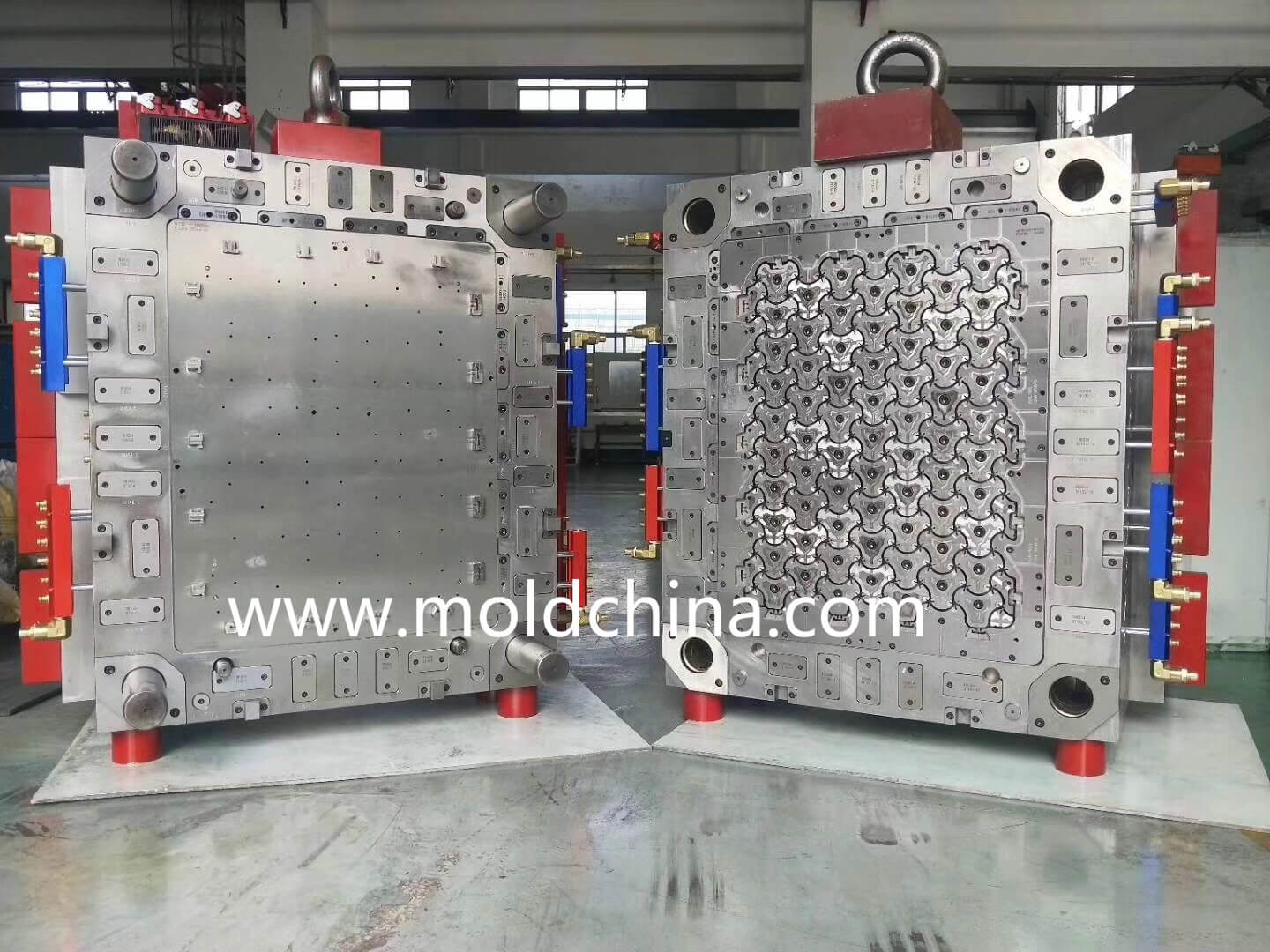For dozens of years, to produce polymer parts, the team of product development has to be reliant on the plastic injection molding process, which is a proven, robust, repeatable and ideal process for the manufacturing of high volume products, but a product development team has to consider the injection mold cost when employing the injection molding process, which is dependent on a variety of factors that range from the no. of cavities, dimensions / complexity of the part, life cycle of the project, type of resin materials and many more.
The following factors need to be carefully considered when you start to design your product for the plastic injection molding process, because they will impact your injection mold price:
Part dimensions – when you are going to produce a larger part, it means you need a larger mold and more raw materials. The time spent on machining will also be influenced: it is faster to produce a small, thin part than to produce a large, thick part.
Selection of resin materials – the resin material you select for you product will have an impact on the plastic injection molding cost from several different aspects: price, volume and availability of your selected resin material, the grade, additives, color and compounds involved, as well as the molding conditions of the particular resin, e.g., temperature. Also, if the material you select contains abrasives, such as minerals, glass or carbon fiber, the cost of mold maintenance could be affected.
Production volume and no. cavities – a production project with a higher volume requires higher quality tooling to ensure service stability, which causes the cost to rise. The no. of cavities on a tool also affects the production costs: the more cavities a tool has, the longer the “press time” will be, while the faster your production is, the lower the injection molding cost will become.
Product design – if a part is intricately designed, it will require an intricate mold, thus causing the tool cost to rise. So, if you want to cut your budget, you need to try to simplify your product design. Sometimes, a small, complex mold can incur a higher cost than a large, simple mold.
Mold material – the material of a mold also greatly affects the cost, since the price of a mold can vary from USD 2,000 to 10,000. Of course, the commonly seen mold materials are typically steel and aluminum, but there is a diversity of different steel types, among which the most commonly used ones are: 45#, 50#, P20, 718, 718H, S136 and NAK80 steels. As a result, when you ask a supplier for quotation, you need to be clear about the mold material requirements. Let me tell you a secret if you are not so sure about it: just inform them of the quantity of a product you need every year, and the volume forecast for the future, so that the mold supplier will know how long the mold service life should be, and thus provide the most cost-effective solution for you.
Country of origin (COO) – labor cost varies a lot from country to country: those enjoy a lower labor cost are able to supply injection molds at a lower price. In China, the cost of an injection mold is approx. 60% of that in western countries.
The plastic injection mold cost can vary from several thousands of dollars, to more than $60,000, or even $100,000. Of course, the extremes are not typical, because the plastic injection molds mentioned in this article are neither small and/or simple nor large and/or intricate. Usually, a typical plastic injection mold costs between $2,500 and $10,000.
https://youtu.be/rVBRZzbCDlc
